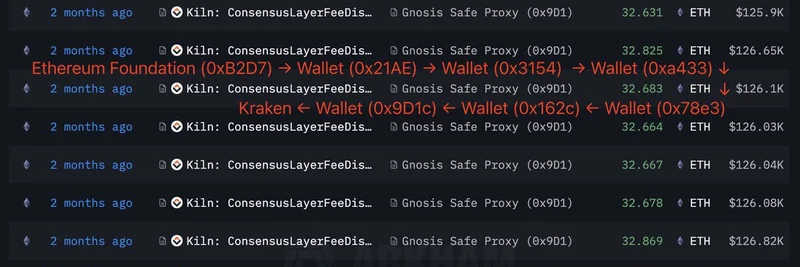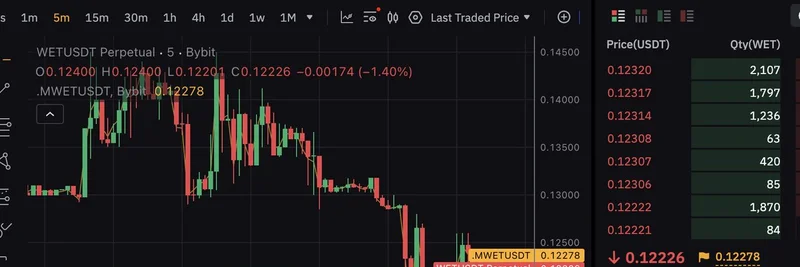BORIS is a BEP-20 token on BNB Smart Chain (BSC) using the contract address 0x73c3d1049ffac0f75ee373864f7e8cb2192d07a5. Information in public trackers is sparse, which is common for niche meme tokens. Because “BORIS” is a popular ticker used by multiple unrelated projects across chains, always trust the contract address—not the name or symbol—when researching or trading.
Quick facts
- Contract: 0x73c3d1049ffac0f75ee373864f7e8cb2192d07a5
- Chain/Standard: BNB Smart Chain, BEP-20
- Category: Likely meme/community-driven token with limited public docs
- Explorer: View transfers, holders, and contract data on BscScan
What the market data suggests
Public sources show inconsistent pricing and thin liquidity—classic early/micro-cap meme coin signals:
- Four.meme (BORIS/BNB) via GeckoTerminal reports an active pool with small daily volume and a double-digit 24h move, indicating high volatility and modest activity. Check the live pool here: GeckoTerminal BORIS/BNB on BSC.
- PancakeSwap v2 lists a BORIS-BNB pair with negligible liquidity and historical inactivity, suggesting that specific pool may be effectively abandoned: PancakeSwap v2 BORIS-BNB.
Because multiple “BORIS” tokens exist across chains (and even on the same chain), discrepancies you see on aggregators can stem from:
- Different tokens sharing the same ticker
- Old, dusted pools with dead liquidity
- Data ingestion issues on smaller trackers
If you’re tracking price and pools, cross-check that every source references the exact contract above.
Where people look to trade and track
- Four.meme via GeckoTerminal: BORIS/BNB pool
- PancakeSwap v2: BORIS-BNB market view
- GMGN.AI (tracker/trading tools): BORIS dashboard
Note: Liquidity can be fragmented. Always verify the contract address and the pool you connect to before swapping.
Technical overview
- Standard: BEP-20, compatible with wallets like MetaMask and Trust Wallet
- Network setup: Add BNB Smart Chain RPC via Chainlist
- Explorer for due diligence: BscScan token page (check holders, contract creator, recent activity, code verification, and ownership status)
Lookalikes across chains (don’t confuse them)
“BORIS” appears on several networks with unrelated contracts and communities:
- Solana: A meme-token variant with modest market cap and typical volatility profile
- TON: Another BORIS-branded token with a small fully diluted value and its own site
- Other chains (e.g., Base) show small, early-stage tickers named BORIS as well
These are separate assets. Always match the BSC contract if you intend to interact with this specific token.
Key risks to understand
- Low liquidity: Small TVL pools can move prices dramatically and increase slippage. Stale pools can trap swaps or show misleading prices.
- Price volatility: Double-digit daily swings are common for micro-cap meme tokens.
- Limited transparency: No confirmed official website, whitepaper, or roadmap was found for this contract. Lack of docs increases uncertainty.
- Ticker collisions: Multiple “BORIS” tokens can cause mis-clicks, impersonation, or trading the wrong asset.
- Smart-contract and pool risks: Taxes, trading restrictions, non-renounced ownership, or honeypot-like behavior are potential hazards with meme coins.
Mitigation tips:
- Verify the contract on BscScan every time.
- Test with a tiny swap first; confirm buying and selling both work.
- Inspect liquidity and recent trades on pool explorers before committing capital.
- Use tools that surface red flags (e.g., high taxes, blacklist functions, or mint controls).
How to trade BORIS safely (step-by-step)
- Set up your wallet
- Use MetaMask or Trust Wallet. Add BNB Smart Chain via Chainlist.
- Fund with BNB
- Acquire BNB on a centralized exchange (e.g., Binance) and withdraw to your wallet for gas and swaps.
- Add the token contract
- Manually add: 0x73c3d1049ffac0f75ee373864f7e8cb2192d07a5 so the asset shows up in your wallet.
- Choose a venue
- Check liquidity and recent activity on GeckoTerminal’s BORIS/BNB pool, PancakeSwap v2, and tools like GMGN.AI.
- Execute a test swap
- Start with a small amount of BNB → BORIS. Confirm the transaction on-chain.
- Confirm you can exit
- Try selling a small portion back to BNB to ensure the pool isn’t restricted and slippage is manageable.
- Monitor on-chain
- Track transfers, holder changes, and contract interactions on BscScan.
What to watch next
- Contract verification/ownership: Renounced ownership and verified source code can reduce certain risks.
- Liquidity changes: New liquidity or a migration to a fresh pool can shift trading venues and prices.
- Communication channels: If an official site, X/Twitter, or Telegram emerges, weigh its credibility and transparency before trusting claims.
Bottom line
BORIS on BNB Smart Chain (0x73c3…07a5) looks like a speculative meme token with fragmented liquidity, inconsistent pricing across pools, and limited public documentation. That doesn’t automatically make it malicious—but it does mean elevated risk. If you engage, verify the contract, double-check the specific pool you’re trading, and size positions conservatively. Always do your own research and never risk funds you can’t afford to lose.
Disclaimer: This article is for informational purposes only and is not financial advice. Crypto assets are volatile and risky. Always perform independent due diligence.



